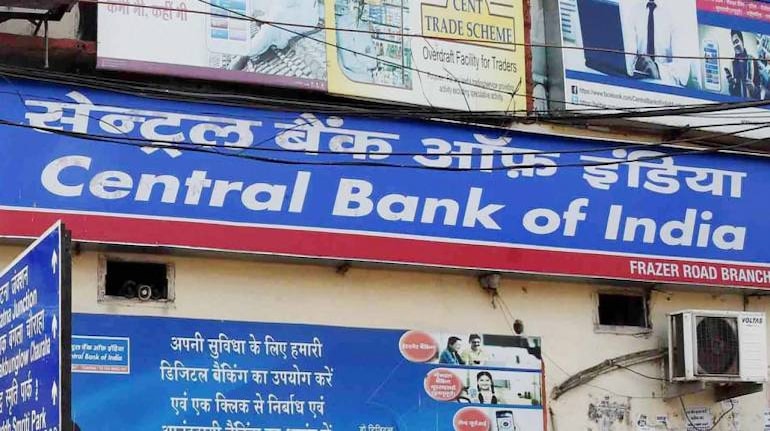

Central Bank of India that aimed to exit the banking regulator’s Prompt Corrective Action (PCA) framework by end of the current financial year, is counting on better recoveries and loan book expansion to meet its target.
On January 28, the bank reported a profit of Rs 164.28 crore in the third quarter, as compared to a net loss of Rs 681.16 crore in the same period last year. The gross non-performing assets (NPA) ratio and net NPA ratio jumped to 19.99 percent and 9.26 percent in the third quarter, up from 19.89 percent and 7.9 percent in the previous quarter.
“Our target is to come out of PCA by March 31, 2020. All the parameters, except net NPA, meet the criteria,” said Pallav Mohapatra, Managing Director and Chief Executive Officer, Central Bank of India. He added that the NPAs rose due to divergences as assessed by RBI.
The bank saw slippages of Rs 3,998 crore, which includes divergences of Rs 1,800 crore as assessed by RBI. As a result, the bank’s slippage ratio shot up to 3.2 percent, from 0.91 percent in the previous quarter.
“In Q4, we are sure that we will be able to do some major recoveries and upgradation and will be able to control slippage ratio which shot up in the past quarter. And by increasing credit growth, will be able to bring it within the threshold,” he added.
The bank said its slippage ratio stood at 1.8 percent without the divergences and that it will be able to contain the ratio below 2 percent in the fourth quarter. For the next financial year, the bank aims to reduce slippage ratio to 1.5 percent.
As per regulatory norms, the net NPA ratio should be below 6 percent to exit PCA. The state-run lender was placed under PCA in June 2017 by the Reserve Bank of India.
Apart from divergences, about Rs 1,600 crore slippages came from its corporate book, mainly from five big accounts including Dewan Housing Finance. The bank said it is hopeful of resolutions in two of these accounts amounting to Rs 4,000-5,000 crore by end of the current financial year.
In the third quarter, the bank saw recoveries of Rs 1,273 crore, that included the sale of bad loans to asset reconstruction companies.
The bank loan book shrunk by 2.79 percent in the December-ended quarter, as compared to last year, while retail loans grew 10.18 percent.
Discover the latest business news, Sensex, and Nifty updates. Obtain Personal Finance insights, tax queries, and expert opinions on Moneycontrol or download the Moneycontrol App to stay updated!